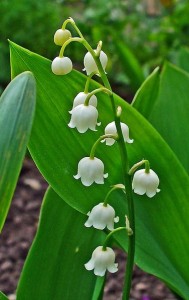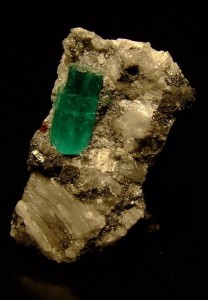
It is commonly thought that May is named for the Greek goddess Maia, for her association with the Roman goddess of fertility, Bona Dea, whose festival is celebrated in May. The Roman poet Ovid offers a second possibility, that the month is named for the maiores (Latin for “elders”). May celebrates Jewish American Heritage and the Blessed Virgin Mary, and it is also Mental Health Awareness Month and National Military Appreciation Month in recognition and honor of the U.S. Armed Forces. Mother’s Day is the second Sunday in May, and it is also National Bike Month!

The flower of May is Convallaria majalis (commonly known as the Lily of the Valley), a poisonous woodland flowering plant found in the eastern United States. There is some debate regarding the native status of the American variety of this plant. Lily of the Valley is a popular garden plant, prized for its scented flowers and the ability to cover ground in shady locations. It can form extensive colonies by spreading underground stems called rhizomes. New leafy shoots grow in the spring, remaining connected to the other shoots in the ground, forming the colony. All parts of this plant, including the red berries, are highly toxic. Lily of the Valley can cause abdominal pain, vomiting and reduced heart rate.
The birthstone of May is the emerald, a variety of the mineral beryl. The emerald is a gemstone that receives its green color from trace amounts of chromium and sometimes vanadium. The name derives from the Latin Esmaraldus (variant of Smaragdus), originating in the Greek smaragdos, or “green gem”. An emerald will always show visible inclusions, called “jardin” (French for garden), because they resemble the intricate patterns of a summer garden. The inclusions are caused by calcite deposits. The emerald is the traditional gemstone for the astrological signs of Taurus, Gemini and sometimes Cancer, and it is the foundation for the hometown of the Wizard of Oz, “Emerald City”.




